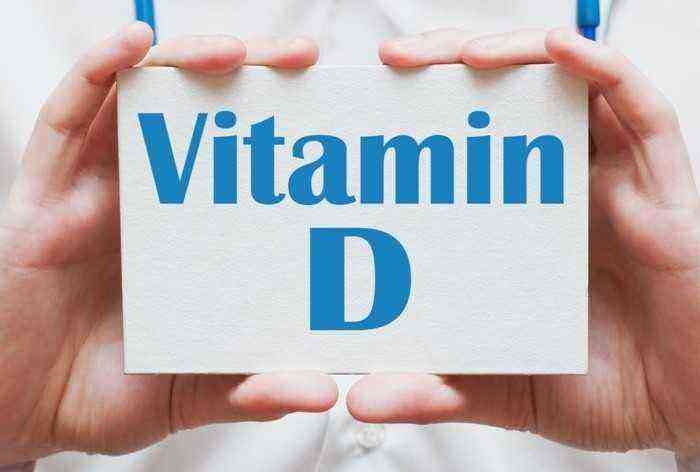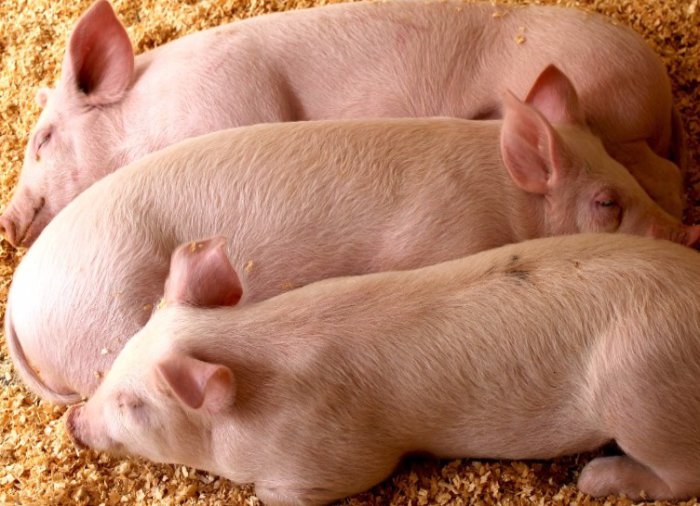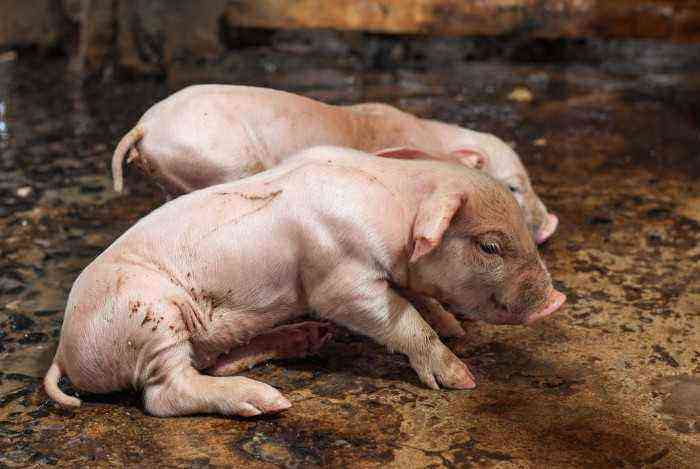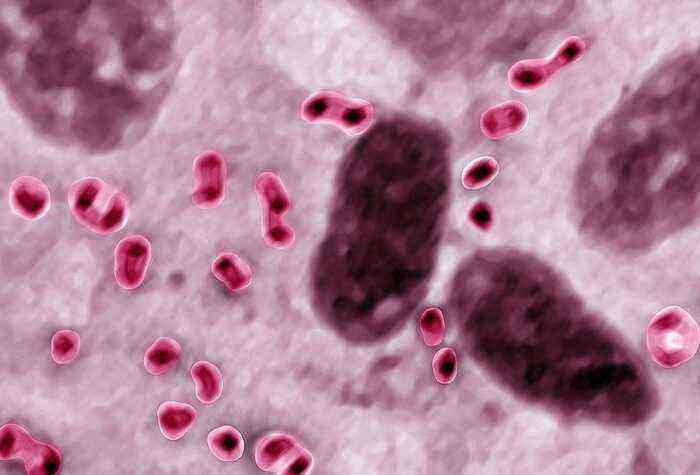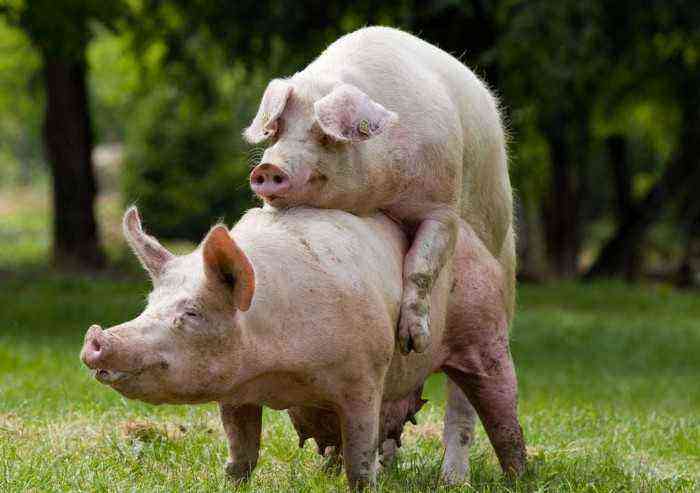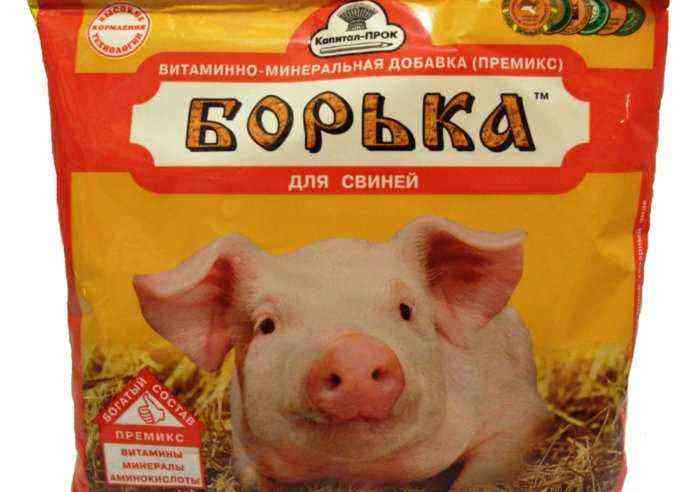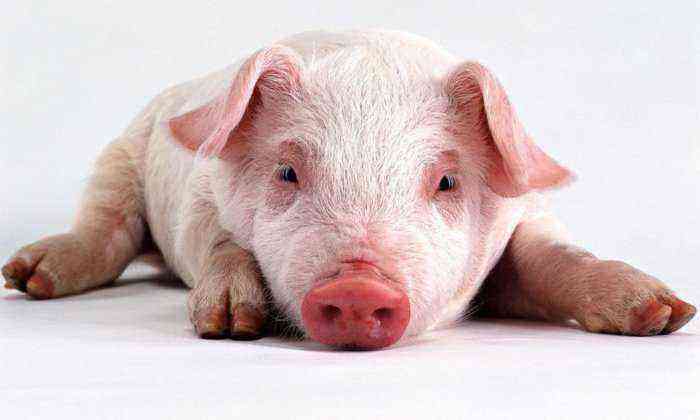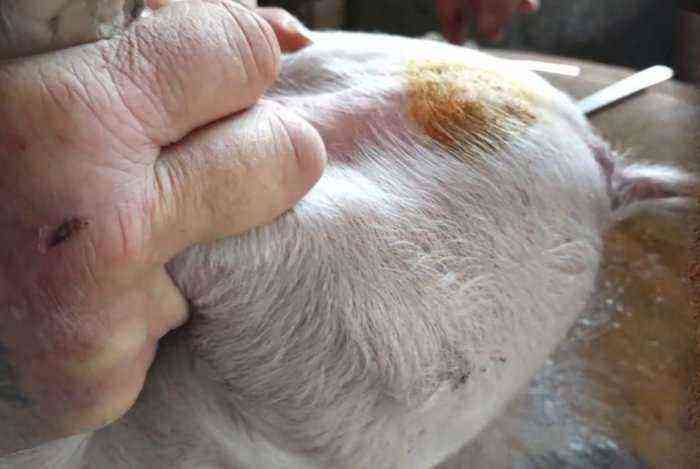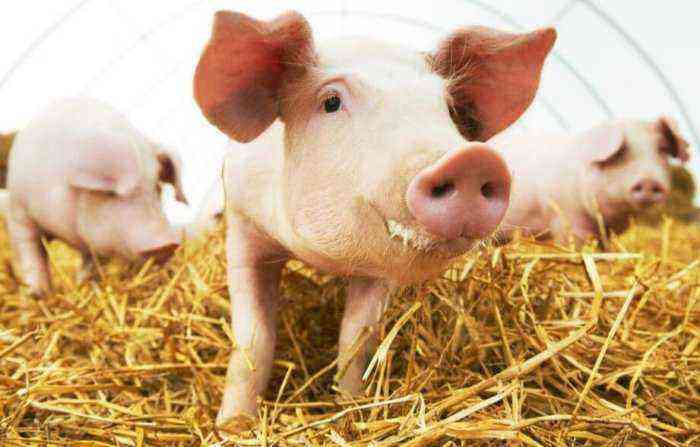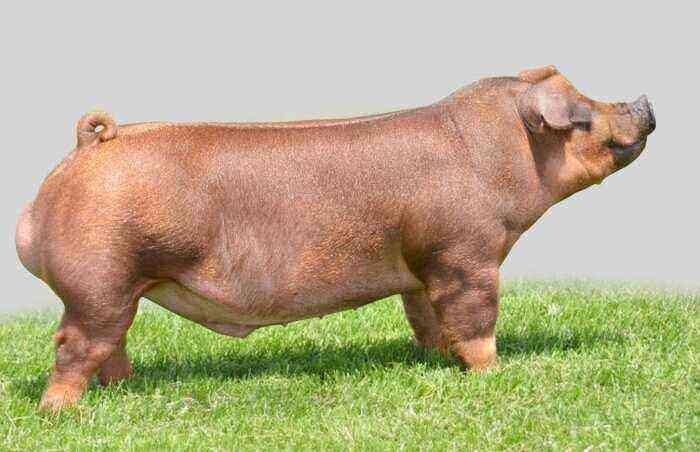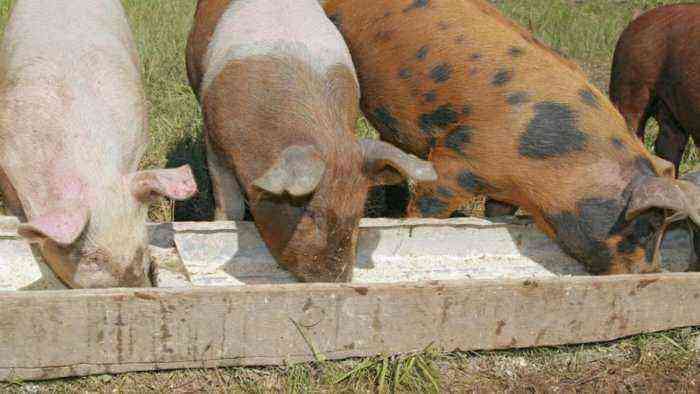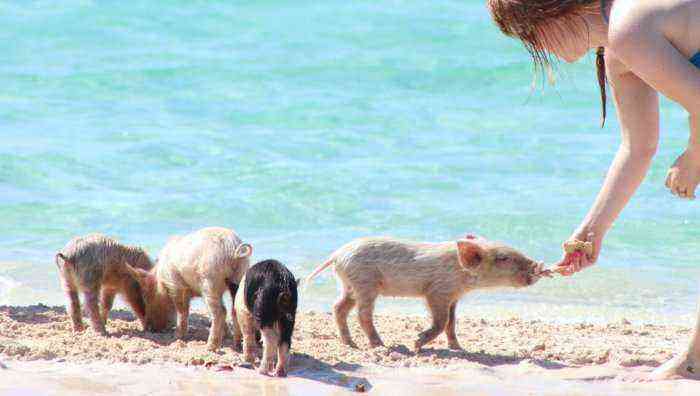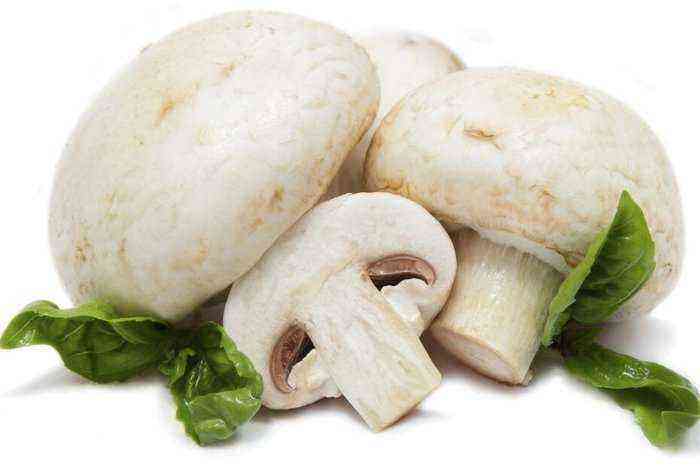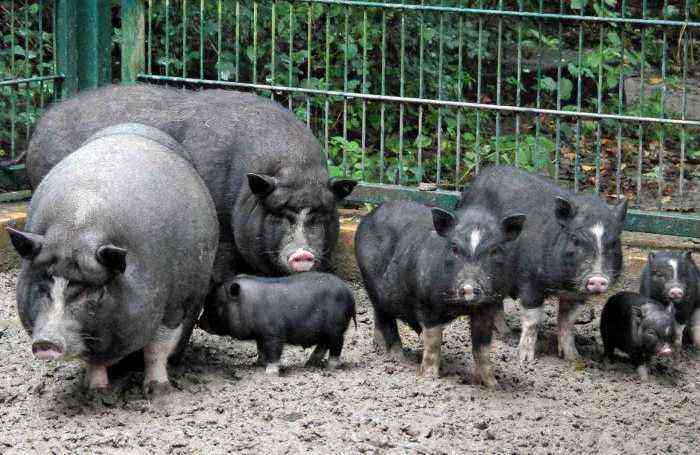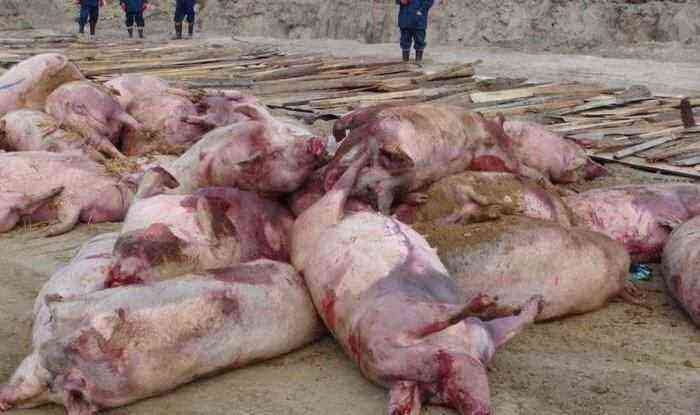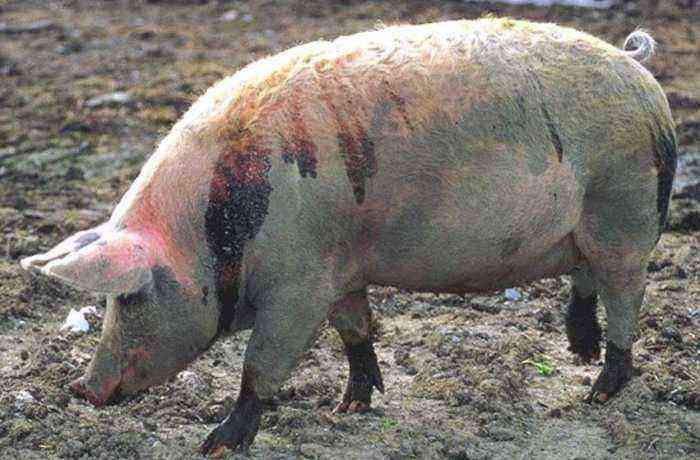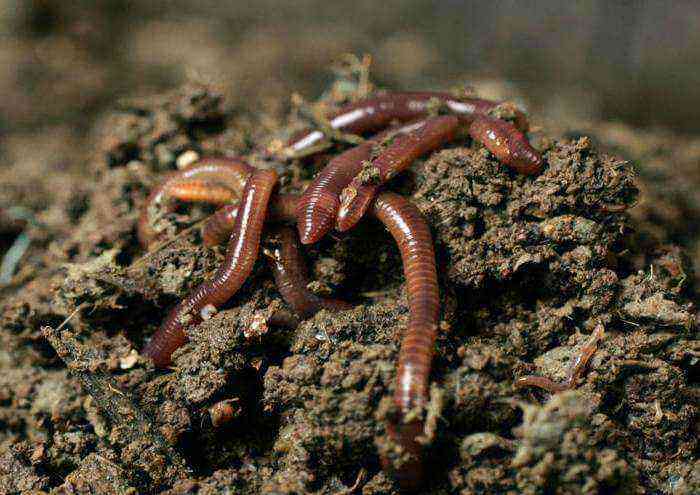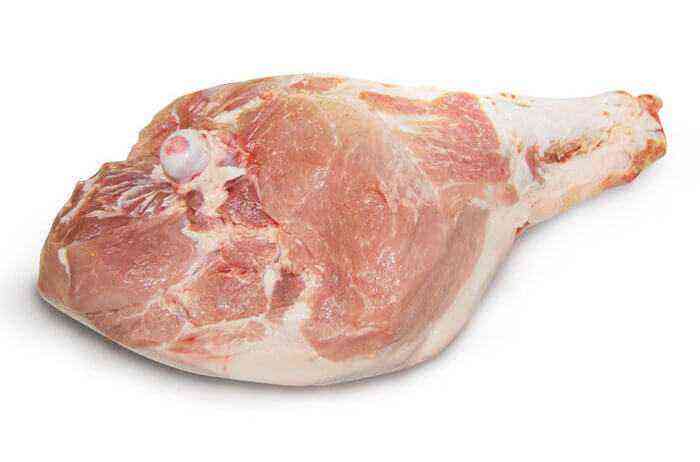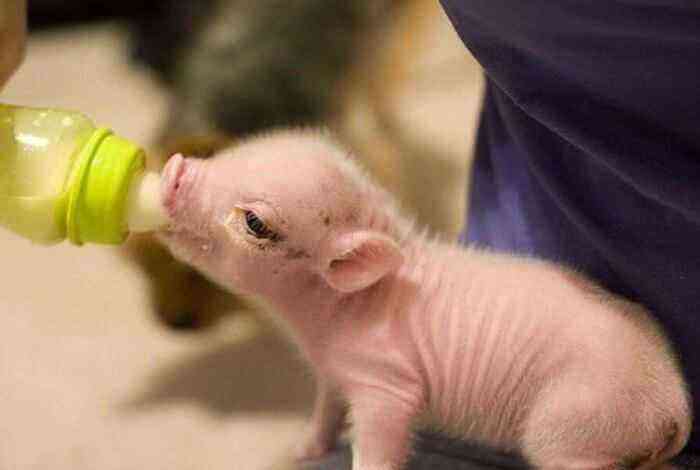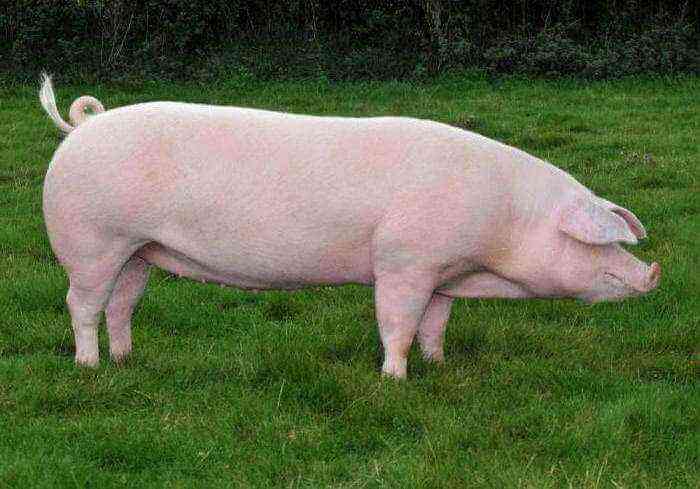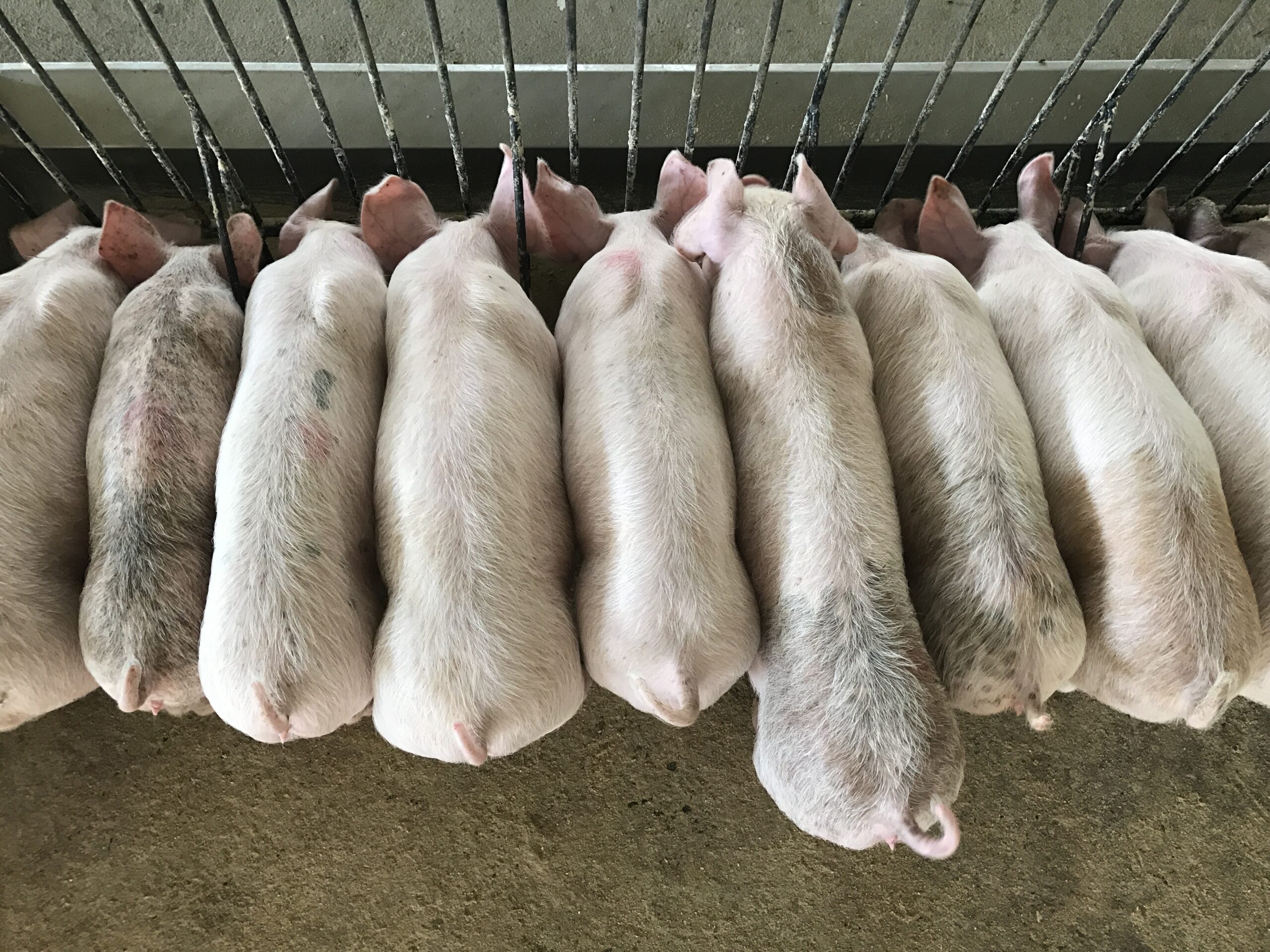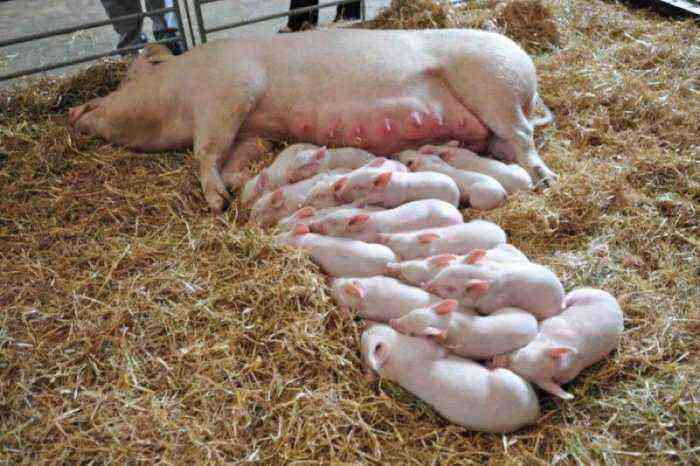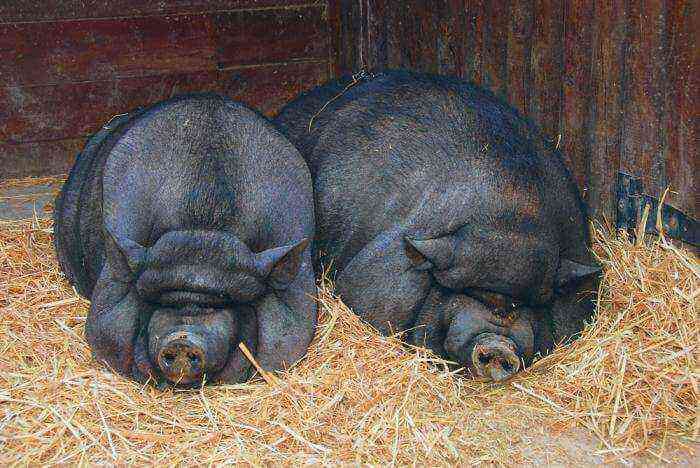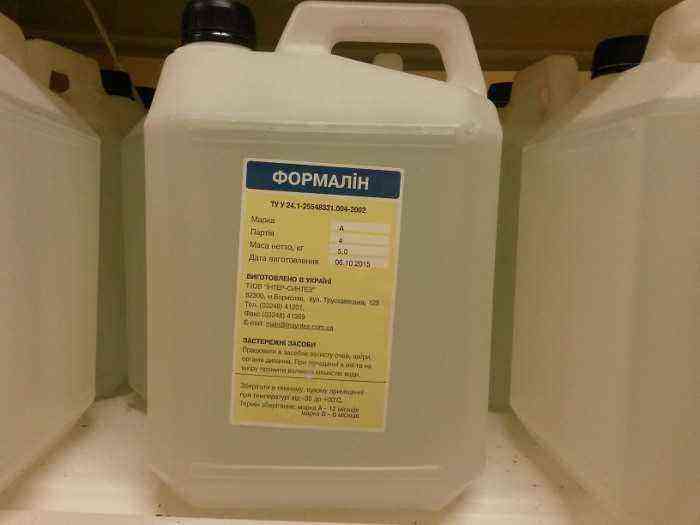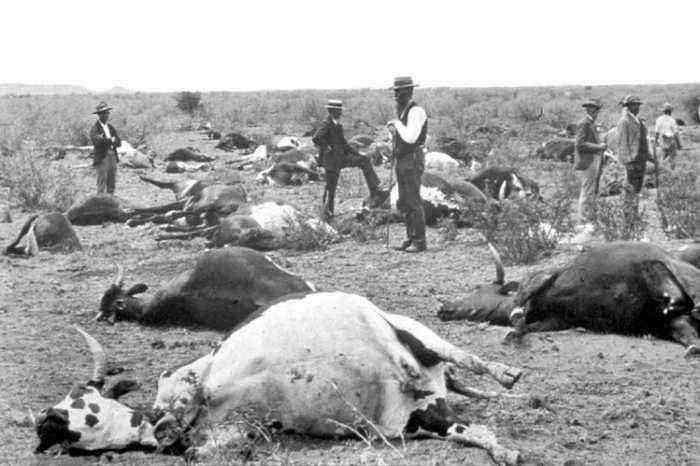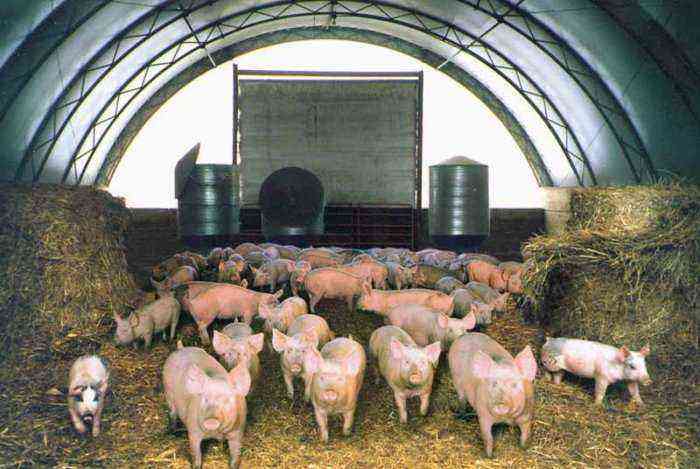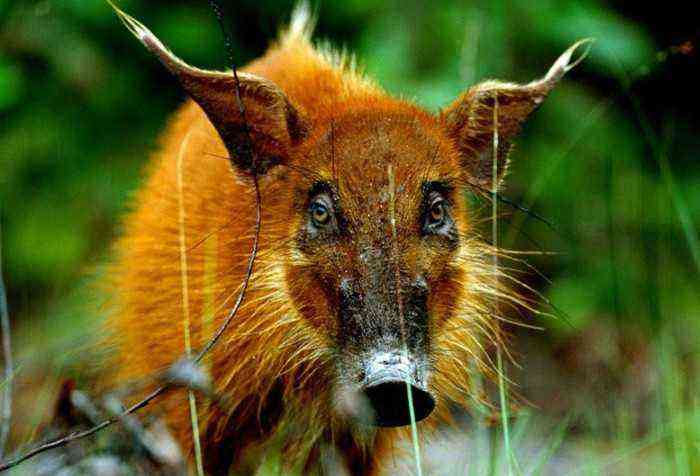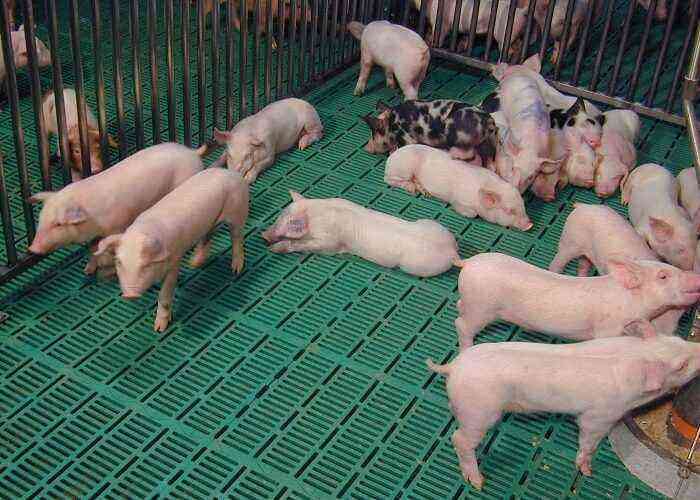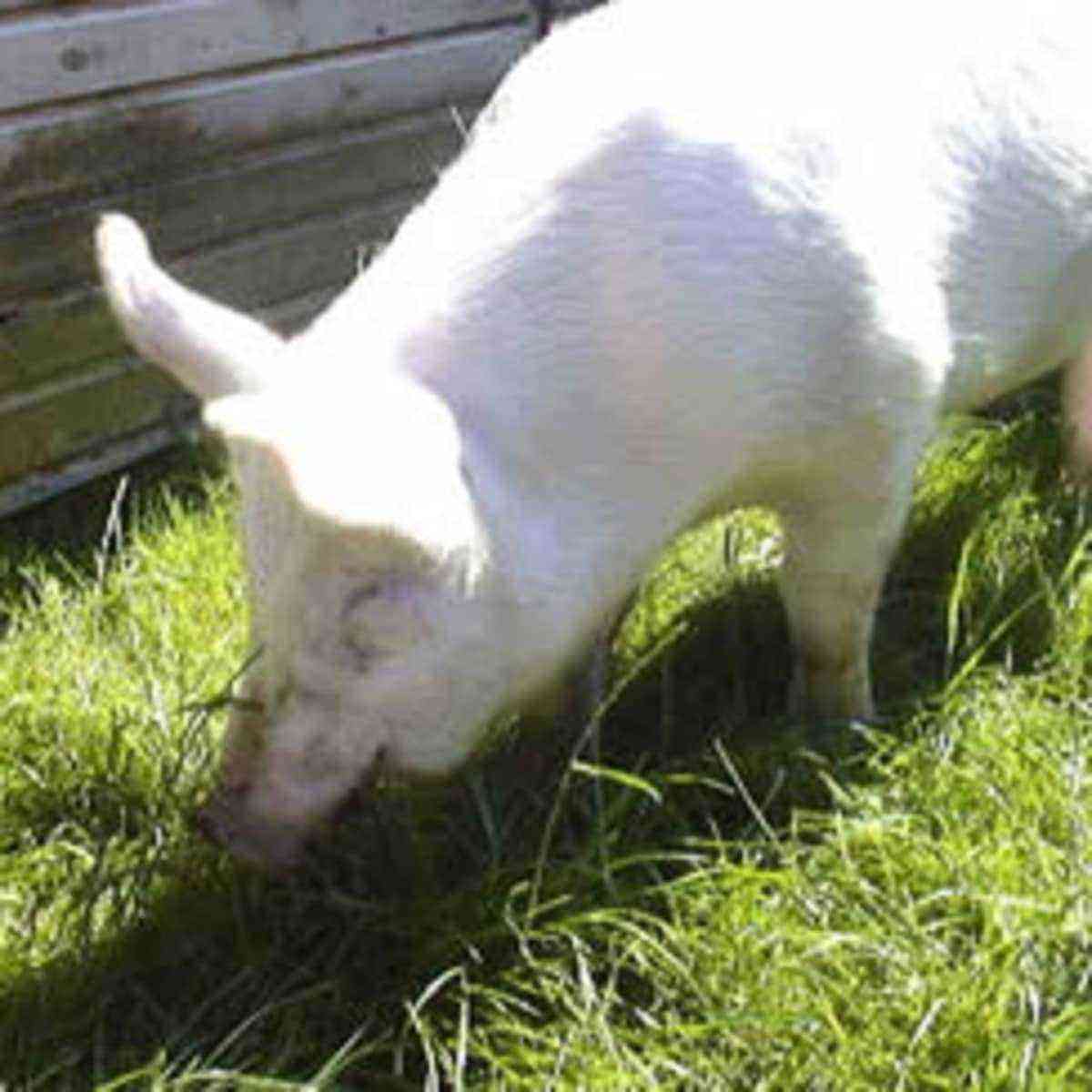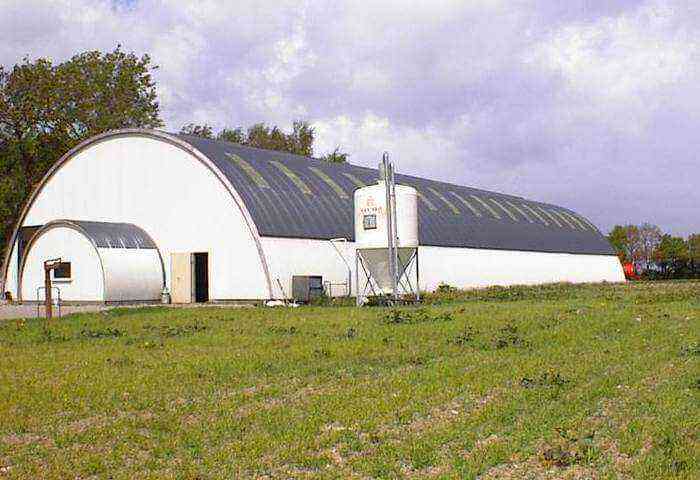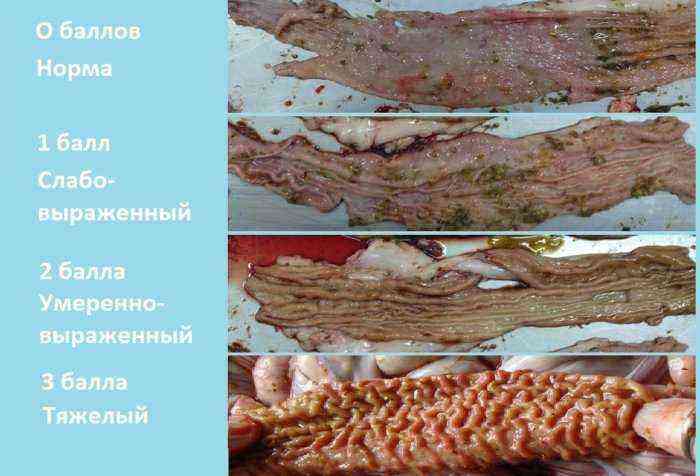A good appetite in animals is the main sign of their health. If the pig does not eat, this indicates some kind of disturbance in the body. It is important for farmers to pay attention in time to whether their pets are willing to eat. Early diagnosis will help to start treatment of a sick individual in a timely manner, which means that the business will flourish. This article will reveal the main causes of loss of appetite in pigs and suggest ways to solve the problem.
Poor appetite in piglets
Causes
There are many reasons why a pig does not eat well. Sometimes the animal gradually stops eating less than the usual volume, but it also happens that she refuses food altogether. If such a problem is found, it is worth reviewing the conditions for keeping animals, paying attention to their behavior, because refusal to eat often indicates pathological processes occurring in the body of a pig. A healthy animal has an excellent appetite, this is a common truth. If in fact everything happens the other way around, you need to look for the reason. What are they:
- Avitaminosis, lack of vitamin D in particular.
- Errors in nutrition, which entails problems in the digestive system.
- Worms – parasites deplete the body and release toxic substances, so the pig loses its appetite.
- Infectious diseases – with viral and bacterial infections, intoxication always occurs, which leads to a lack of interest in food.
- Unsuitable conditions of detention – humidity, air temperature.
- Stress – animals that have experienced stressful situations recover for a long time after them and may stop eating.
Each of the reasons requires more detailed consideration.
Vitamin D deficiency
Violations of phosphorus-calcium metabolism causes a lack of vitamin D. Rickets can develop in piglets if the body lacks vitamin D. At the initial stage of the disease, a decrease in the animal’s appetite can be noticed. This symptom alone cannot be used to diagnose the pathology, but other manifestations of it should lead the farmer to think. Piglets whose calcium-phosphorus metabolism is disturbed not only do not want to eat, they have perverted taste preferences. Animals begin to gnaw on fences, bedding, feeders, lick the plaster on the walls.
Lack of vitamin D
Vitamin D deficiency is indicated by:
- appearing lameness;
- weight gain reduction;
- growth retardation;
- bloating;
- excitability;
- convulsions.
Having noticed such symptoms, it is necessary to direct all efforts to compensate for the lack of vitamin D.
Improper diet
If the nutrition of pigs is organized incorrectly, for example, they are given food that is too cold, hot, not crushed, then digestive problems may occur. The same thing happens with a sudden change in diet. The intestines of piglets are especially sensitive. Errors in nutrition often lead to poisoning and the occurrence of diarrhea, constipation, and even provoke the development of gastroenteritis in young animals. Any pathology in the digestive system is accompanied by loss of appetite.
Reference. Pigs do not always refuse to eat if they are sick. Sometimes they just don’t like the food. In this case, the farmer should think about how to diversify the diet of piglets.
Worms
If the pig does not eat well, the reason for this may be helminthic invasion. When an infection with worms occurs, the appetite first disappears, the pig becomes lethargic. Watching a sick individual, you can notice signs of damage by worms:
- The piglet rubs its tail against the fence, feeder and other objects.
- Sometimes a cough begins (if the parasites migrate to the lungs or bronchi).
- Later the temperature rises.
- Piglets are losing weight.
- Animals become restless and sometimes aggressive.
Helminthic invasion
It is possible to detect parasites in the feces of pigs. Roundworms are especially easy to detect – these are long worms. If a helminthic invasion is detected or suspected of it, it is necessary to carry out deworming. As soon as the pig recovers, he will again begin to eat well and gain weight.
Infectious diseases
Any infectious diseases – viral or bacterial, at the initial stage are always accompanied by lack of appetite and lethargy. Other symptoms follow:
- Temperature increase.
- Cough.
- Diarrhea with blood, mucus, unusual color.
- Vomiting.
- Salivation.
- Ulcers on mucous membranes.
- Disturbances in coordination of movements.
- Muscle trembling, weakness (signs of intoxication).
Different diseases have different symptoms, so you need to record any changes in the well-being of pigs and tell the veterinarian about it.
Attention! If a viral or other infection is suspected, the sick individual is immediately separated from the rest.
Wrong air temperature
Pigs react sharply to changes in living conditions. They are demanding on cleanliness, indicators of air temperature and humidity.. Farmers with extensive experience in breeding these animals note that in a damp or stuffy room, piglets slowly gain weight because they do not eat well.
In a stuffy room, piglets slowly gain weight
The optimal values for the humidity level in a pigsty are from 50 to 70%. Suitable temperature for pigs is 20-25 degrees. Newborn piglets should be kept at higher thermometer readings – about 30 degrees.
Reference. It is important to ensure that there is no draft in the pigsty, but at the same time, the room must be ventilated. Fresh air has a beneficial effect on the health and appetite of piglets and adults.
Stress
Pigs are vulnerable animals, at the slightest change in their usual way of life, they tend to experience stress, and in such an emotional state they lose their appetite, and sometimes refuse food altogether. What factors stimulate the nervous system of pigs:
- Weaning from mother.
- Pause change.
- Regrouping of animals.
- Sudden change in diet, for example, switching to roughage.
- Injections, operations.
- Boring content.
- Bad light.
- Sudden changes in air temperature.
For juveniles, it matters a lot if they can move and play freely. If they are deprived of this opportunity, they experience stress. This affects appetite and overall health.
How to make feed attractive to pigs?
Pigs are sometimes picky because they get bored with the same taste of food. To stimulate their appetite, you need to diversify the flavor range of the products offered. These animals like bitter, sour, sweet and salty foods.. You can enrich the taste of products with salt, sugar, lactic acid or mustard. However, after a short period of time, you need to change the additives, otherwise the pigs will again become picky and stop eating.
Addition of essential oils
Adding essential oils is another way to make the feed more palatable to pigs. This method is especially effective when it is used to feed weaned piglets. After farrowing, the sow is fed with food to which various aromatic oils are added. The milk that the piglets suckle acquires this smell. Babies associate it with their mother. After weaning, the same oils are added to the feed for weaned piglets, they eat it willingly, because it has a flavor familiar to pigs.
Piglets are more likely to eat food, to which they add grinding from roasted cereals, as well as boiled grain. After heat treatment, it smells good, besides, it is better absorbed.
If the pig began to eat poorly, there is something to think about. The reasons must be sought not only in the malaise of animals – it is worth analyzing the conditions in which they are kept and how tasty and varied the menu is offered to them.
